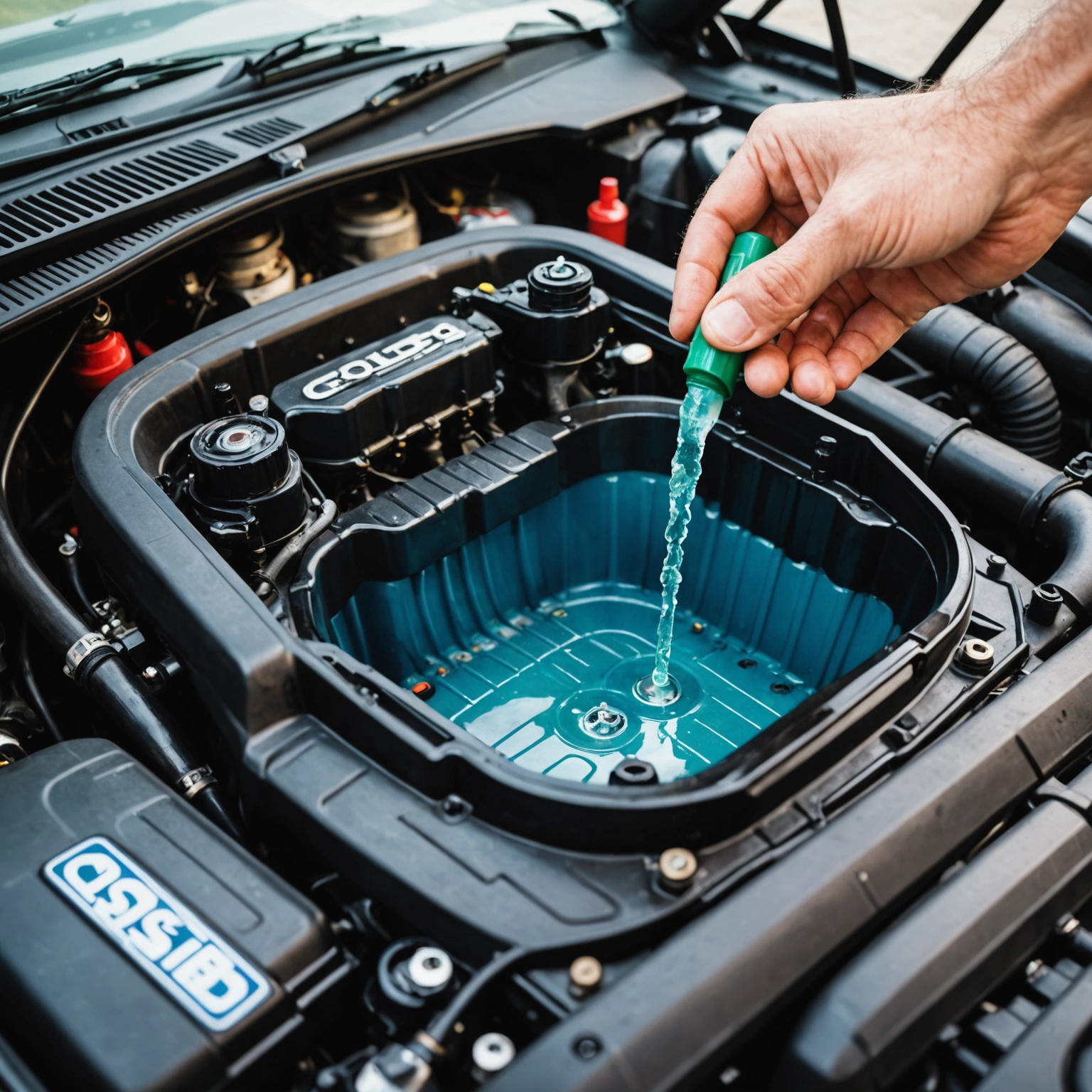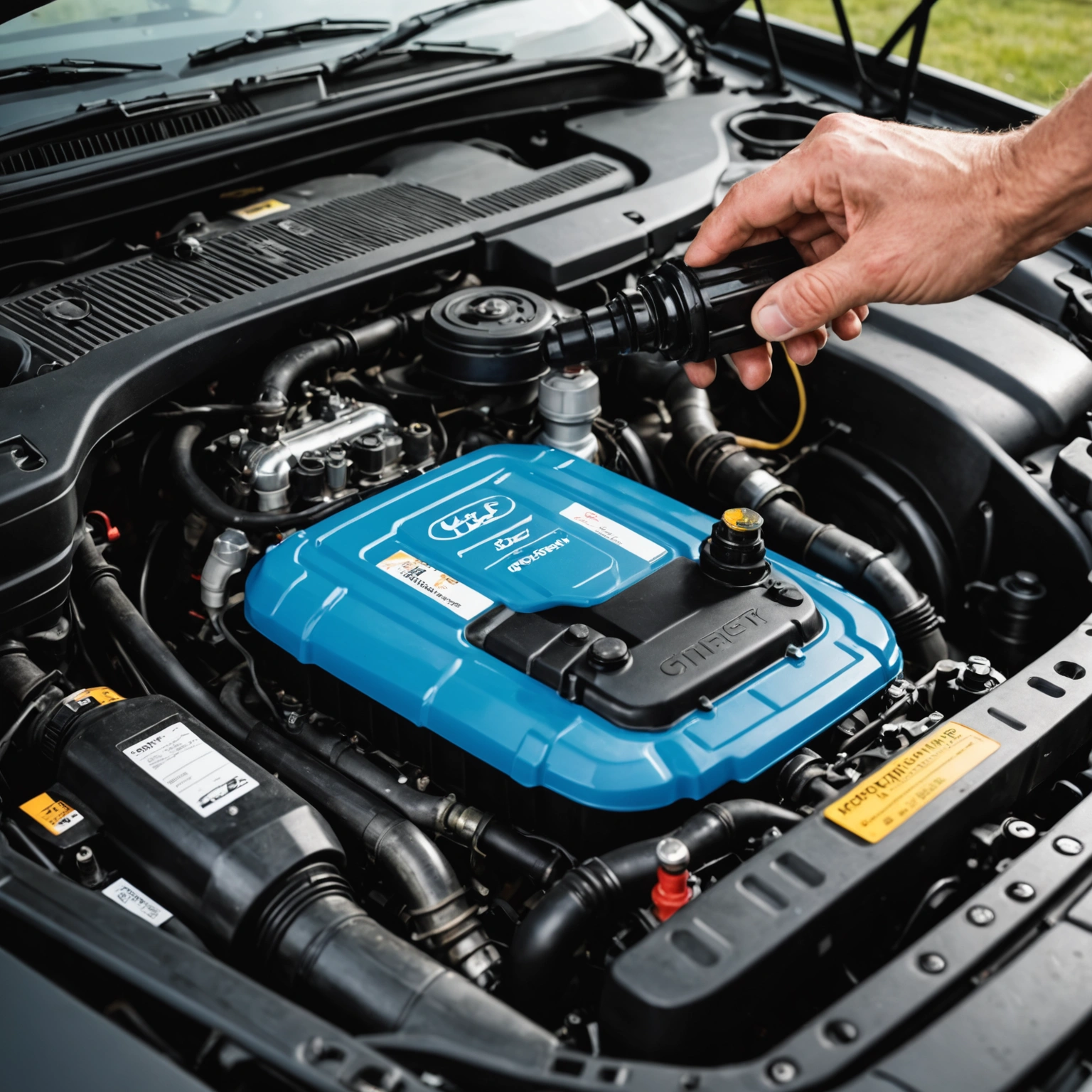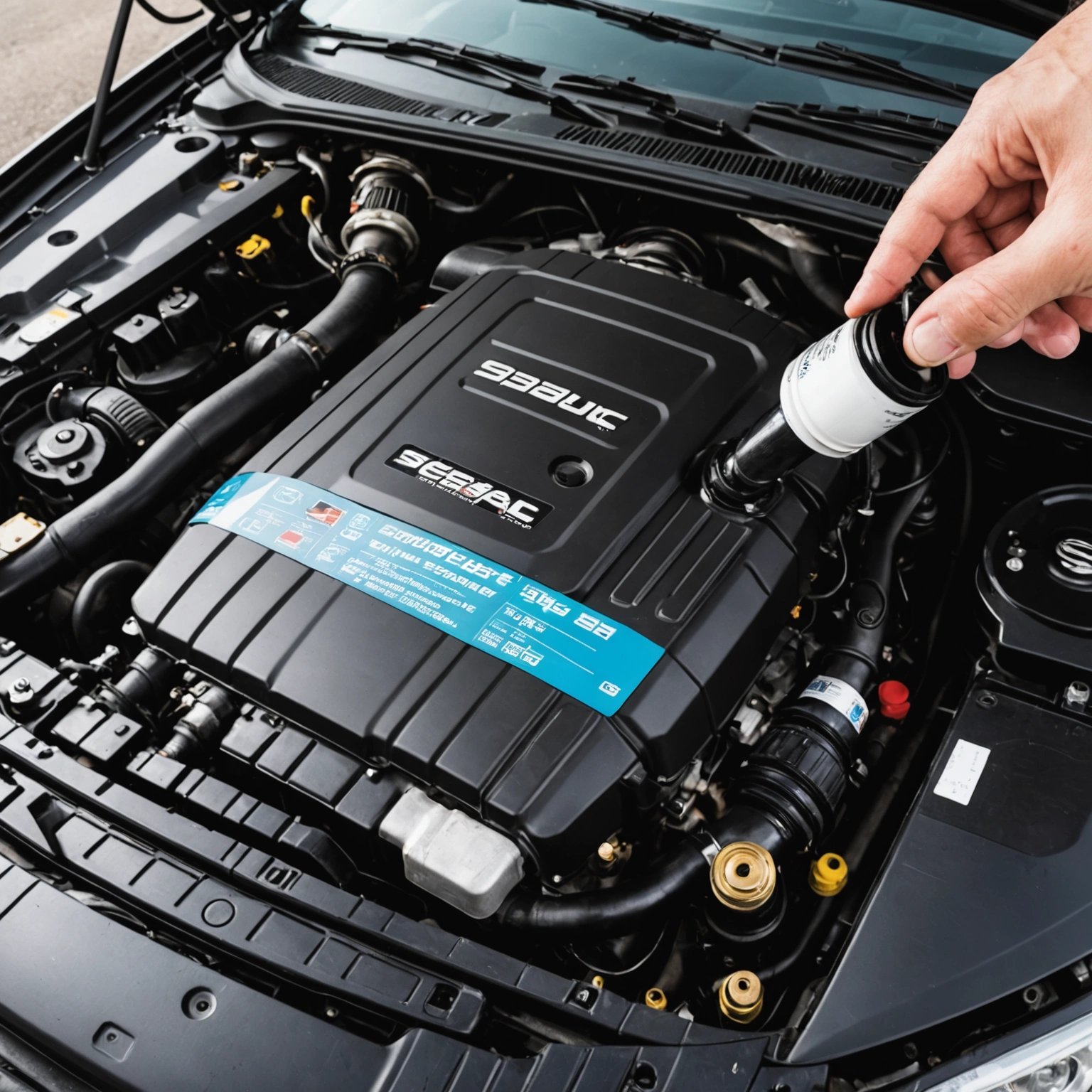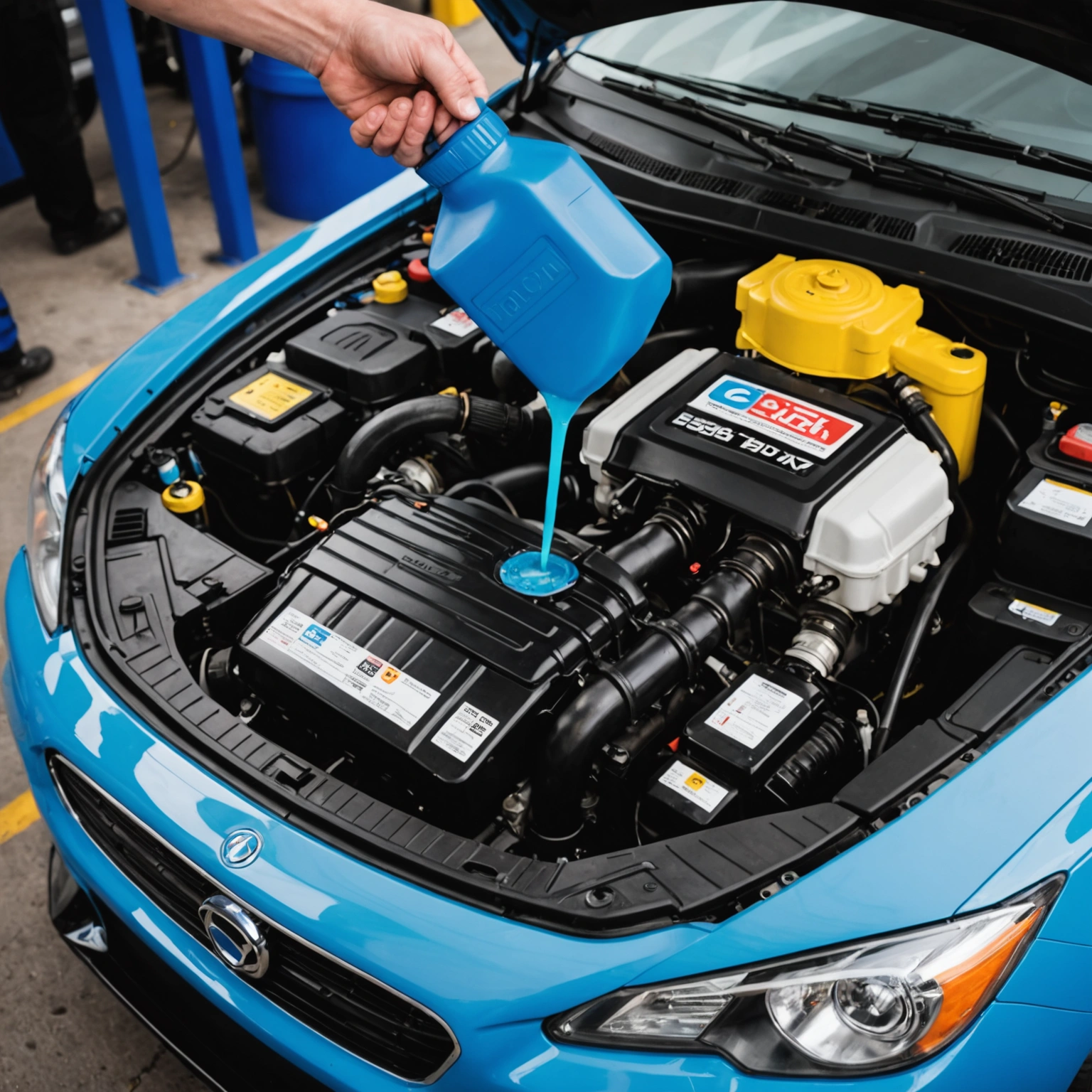**Why Does My Car Use So Much Coolant? Understanding the Reasons and Solutions**
If you’ve noticed that your vehicle’s coolant level drops frequently or you’re topping it up more often than usual, you might be wondering, “Why does my car use so much coolant?” Coolant (also known as antifreeze) is essential for regulating your engine’s temperature and preventing overheating or freezing. A sudden or persistent loss of coolant can be a sign of underlying issues, some of which may require prompt attention. Let’s explore the common reasons behind excessive coolant consumption and what you can do about it.

### Common Causes of Excessive Coolant Usage
#### 1. **Coolant Leaks**

One of the most straightforward reasons for coolant loss is a leak. Coolant leaks can occur in various parts of the cooling system:
– **Hoses:** Cracks, bulges, or loose clamps.

– **Radiator:** Corrosion, damage, or faulty radiator cap.
– **Water Pump:** Leaks from the pump or its gasket.

– **Heater Core:** Leaks inside the vehicle or on the firewall.
– **Thermostat Housing:** Cracks or gasket failure.
– **Head Gasket:** A more serious issue that can cause coolant to escape into the engine or exhaust gases.
**Signs of leaks include visible puddles under your vehicle, steam from the radiator, or a sweet smell inside the cabin.**
#### 2. **Blown Head Gasket**
A blown head gasket can lead to coolant loss into the engine cylinders or oil passages. This can cause:
– Milky or frothy oil
– Loss of coolant with no visible leaks
– Overheating
– White smoke from the exhaust
This is a serious issue requiring professional repair.
#### 3. **Coolant Evaporation or Burning**
If your engine runs excessively hot or has a faulty radiator cap, coolant can evaporate or burn off:
– **Radiator Cap:** A bad cap won’t maintain proper pressure, leading to coolant boiling and escaping.
– **Overheating Engine:** Excessive heat can cause coolant to vaporize and escape via small leaks or the overflow tank.
#### 4. **Coolant Overflow and Reservoir Issues**
Sometimes, the coolant might seem to disappear because it’s being pushed out of the overflow tank due to pressure buildup or overheating. Check the overflow tank for cracks or leaks.
### Diagnosing the Issue
– **Visual Inspection:** Look for leaks, puddles, or stains under the car.
– **Check the Coolant Level:** If it drops frequently, top it off and monitor.
– **Inspect for Steam or Overheating:** Consistent overheating suggests a cooling system problem.
– **Use a UV Dye or Leak Detection Kit:** These can help locate hidden leaks.
– **Perform a Compression or Leak-Down Test:** To check for head gasket failure.
### Preventative Measures and Maintenance Tips
– **Regularly Check Coolant Levels:** Make it part of your routine maintenance.
– **Inspect Hoses and Clamps:** Look for cracks, swelling, or leaks.
– **Replace the Radiator Cap:** Every 50,000 miles or if faulty.
– **Flush the Cooling System:** According to your vehicle’s schedule to prevent corrosion.
– **Address Overheating Promptly:** Don’t ignore signs of engine temperature rising.
### When to See a Professional
If you’re losing coolant frequently without visible leaks, or if you notice white smoke from the exhaust, engine overheating, or milky oil, it’s time to have your vehicle inspected by a mechanic. These symptoms can indicate serious issues like a blown head gasket or internal engine problems that require expert diagnosis and repair.
—
**In Summary:**
Your car uses more coolant than usual primarily due to leaks, gasket failures, or evaporation caused by overheating. Regular maintenance, prompt attention to leaks, and timely repairs can keep your cooling system functioning properly and prevent costly damage. If in doubt, consult a trusted automotive professional to diagnose and resolve the root cause of coolant consumption.
**Stay cool (and keep your engine running smoothly)!**

